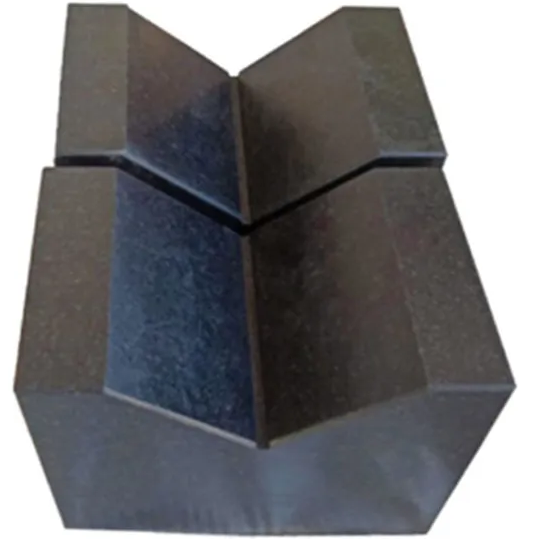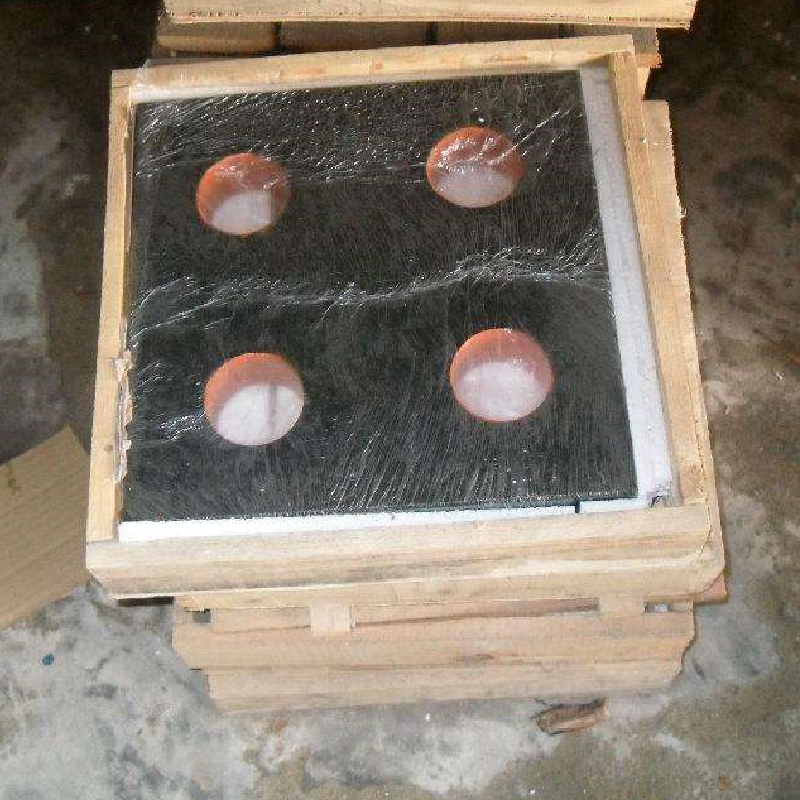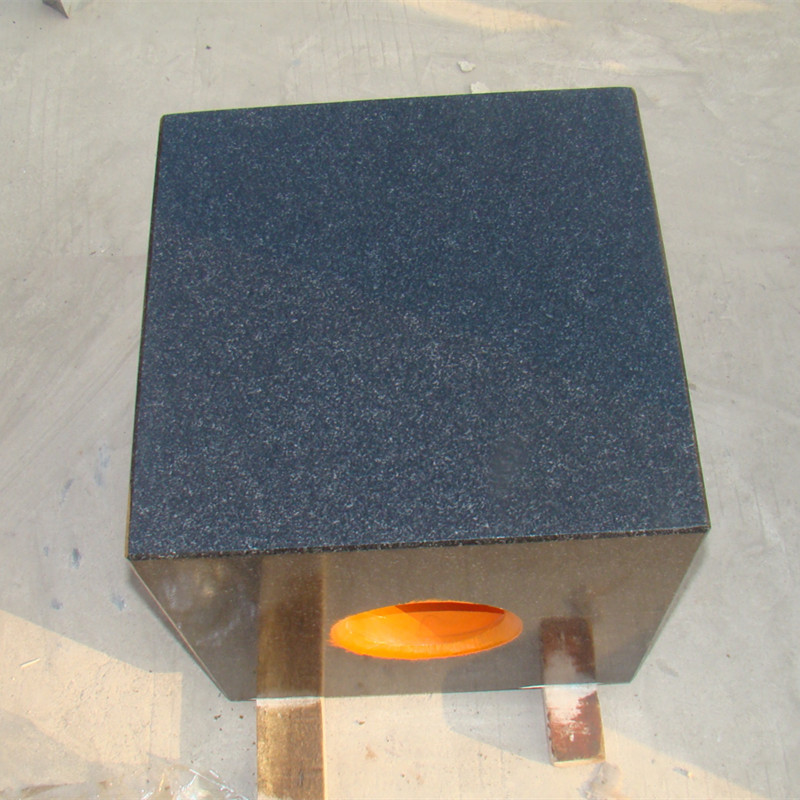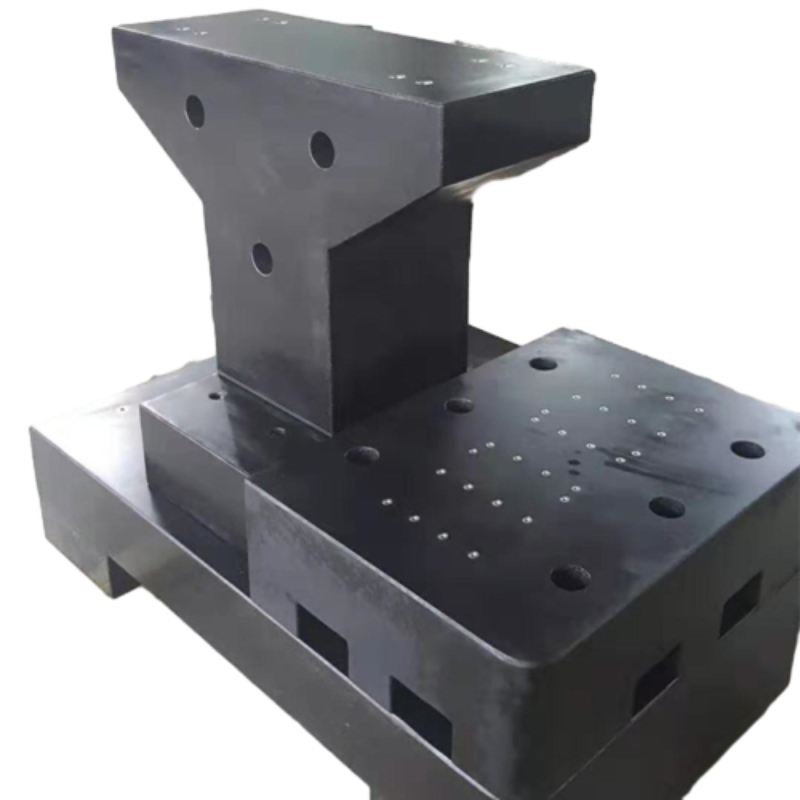Thread plug gauge types: a quick guide to precision that keeps your line singing
In precision manufacturing, small things matter. A mis-thread can derail an assembly, waste material, and slow delivery. Thread plug gauges are the reliable testers that prevent those problems. They operate on a simple but powerful principle: “Go” should pass, “No-Go” should not. When used correctly, they keep your internal threads consistent with your design, part after part.

Types you’ll encounter
-
Solid thread plug gauges (Go/No-Go): The classic choice. These are one-piece gauges with a Go end sized to the designed pitch diameter and a No-Go end just beyond tolerance. They’re fast, robust, and ideal for high-volume production lines where speed and repeatability matter. Use them for routine checks, tool setup, and routine acceptance testing.
-
Adjustable thread plug gauges (Go/No-Go): Versatile and economical in mixed-product environments. Each gauge can be tuned to different sizes within a stated tolerance, then locked in place. They save space and cost when a shop handles many thread sizes or frequent design changes. They require periodic calibration and careful handling to maintain accuracy.
-
Tapered thread plug gauges: For tapered threads such as pipe fittings and many hydraulic components. These gauges ensure not only the major and minor diameters but also the taper is correct along the thread length. They are essential for NPT, BSPT, and other standards where taper governs sealing performance.

-
Specialty and mixed-series gauges: In some industries you’ll find gauge sets that combine multiple thread standards (metric and inch, coarse and fine) or feature two-way or multi-gap configurations. These are tailored solutions for complex assemblies, large-diameter holes, or non-standard classes where a single-size gauge would be insufficient.
What to consider when choosing
-
Thread standard and class: Metric vs inch, coarse vs fine, and the appropriate tolerance class (e.g., 6g, 6H). Your gauge must align with the thread specification you’re producing.
-
Production volume and mix: High-volume, single-size lines favor solid Go/No-Go gauges. High-mix environments benefit from adjustable gauges or combined sets.

-
Environment and material: Corrosion resistance (stainless steel, carbide), wear resistance, and cleanliness impact longevity and accuracy.
-
Calibration and traceability: Regular calibration against certified masters guarantees that gauges remain within tolerance. Documented calibration is essential for audits and customer confidence.
-
Handling and maintenance: Gentle insertion, clean threads, and proper storage prevent wear. A simple routine keeps gauges reliable for years.

In the end, the right thread plug gauge type is a strategic choice. It tightens quality, reduces scrap, and keeps your delivery promises intact. Partner with a trusted metrology supplier to select the set that fits your standards, your line, and your future needs. A small investment in the right gauges pays dividends in performance and peace of mind.
Golden AC generator | Filter DN50 | Metal Chain Link Fence | industrial metal supply With multiple core patented technologies and rigorous quality control systems (such as 9001 certification), we have established long-term partnerships with over 300 automotive manufacturers and component suppliers worldwide. Our products are exported to countries such as Europe, America, Southeast Asia, and Africa, with an annual production capacity exceeding 300000 units. We have won market trust with stable delivery and after-sales support.At the core of Storaen (Cangzhou) International Trading Co. portfolio lies its unparalleled expertise in cast iron welding platforms, measuring tools, plug gauges, ring gauges, and valves. These products, crafted with meticulous attention to detail and backed by stringent quality control measures, embody the hallmark of reliability and durability, catering to the diverse needs of industries worldwide.